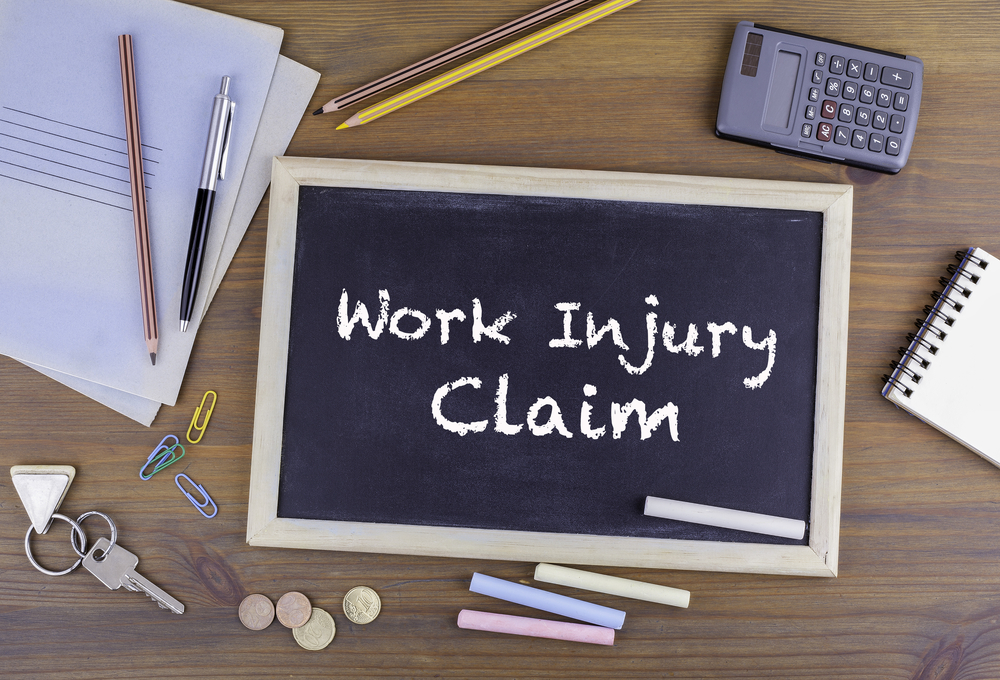

What is Workers’ Compensation?
by Kara Dolan-West | Nov 10, 2014 | General Information
After being injured on the job, workers often wonder what steps they need to take to file a workers’ compensation claim and begin getting the benefits they are entitled to. The workers’ compensation system can be complicated and difficult to navigate on your own. That is why the team of attorneys at The Bainbridge Firm works hard to help every client move through the workers’ compensation process and get the benefits they deserve.
Workers’ compensation is a type of insurance that helps protect businesses and their employees from financial loss after a worker is hurt on the job or gets sick from a work-related cause. Workers’ compensation protects workers and their dependents against financial hardships resulting from an injury or death on the job. If someone is injured on the job, they may be entitled to weekly or biweekly benefits and medical benefits. Specifically, this type of insurance helps pay for medical care, lost wages from missed work, disability benefits, and more.
Workers’ compensation also benefits employers. In exchange for workers’ compensation benefits, the employee forfeits the common law right to sue their employer. The employer benefits by receiving immunity from court actions against them by the employee in exchange for accepting liability that is limited and determined. In addition, workers’ compensation insurance helps keep an employer’s business compliant with state regulations.
Not all injuries occurring at work are considered a “compensable injury” under workers’ compensation laws. Ohio law defines a compensable injury as an injury “received in the course of, and arising out of, the injured employee’s employment.” If you are injured at work, you need to show that there is a causal connection between your injury and some activity, condition, environment, or requirement of your employment. In workers’ compensation cases, negligence or fault is not usually at issue. In other words, workers’ compensation law does not require the employee or another party to be at “fault” for an injury. Injuries may still be compensable if they were caused by external accidental means.
Occupational diseases are also covered by workers’ compensation insurance. Occupational diseases are illnesses that are contracted through the conditions of a worker’s employment and caused by a specific industrial process. Some common examples of occupational diseases include diseases caused by inhalation of specific toxins (cancer, emphysema), tendinitis, and carpal tunnel syndrome. For a worker’s occupational disease to be covered, the worker needs evidence of a medically diagnosed disease that was caused primarily by workplace exposure to certain harm.
Here are some examples of injuries that are not compensable under workers’ compensation law.
- Psychiatric conditions that do not arise from a physical injury or occupational disease.
- Injuries caused primarily by the natural deterioration of the body.
- An injury sustained during a work-sponsored recreational event, like an office softball game, if the worker signed a waiver prior to the event.
- A pre-existing condition, unless there are objective diagnostic findings, objective clinical findings, or objective test results that show that the pre-existing condition was substantially aggravated by the workplace injury.
Filing a workers’ compensation claim can be done by individual employees or with help from an attorney. If you are injured on the job, you have one year from the date of your injury to file a workers’ compensation claim. If you contract an occupational disease, you have two years from the date of your diagnosis to file a workers’ compensation claim. If you wait too long to file your application, your claim will be barred by the statute of limitations. It is important to file your application for benefits as soon as possible though; the longer you wait, the higher level of scrutiny you will face upon filing. An injured worker can file a claim by completing a First Report of Injury, Occupational Disease, or Death Form (FROI-1) and submitting it to the Bureau of Workers’ Compensation online, by mail, via fax, or in person.
Even though it can be overwhelming to navigate the workers’ compensation process, having the right support can make it much easier. Our team of talented and caring attorneys at the Bainbridge Firm have decades of experience helping workers in Ohio to file their workers’ compensation, social security and disability claims and receive the compensation they are entitled to. If you are wondering how to start a workers’ compensation claim, or how the workers’ compensation process works in Ohio, schedule a consultation with us today!
